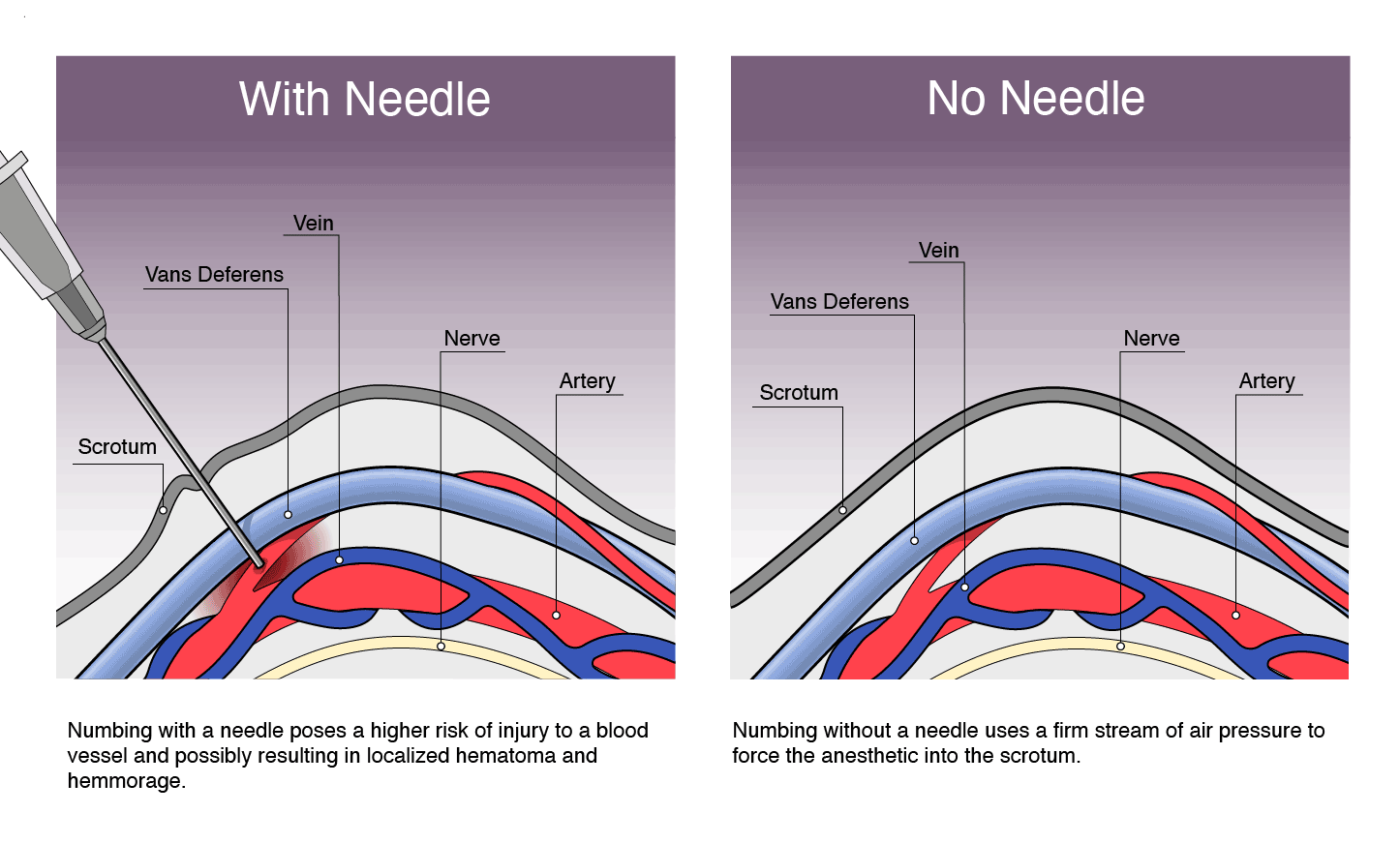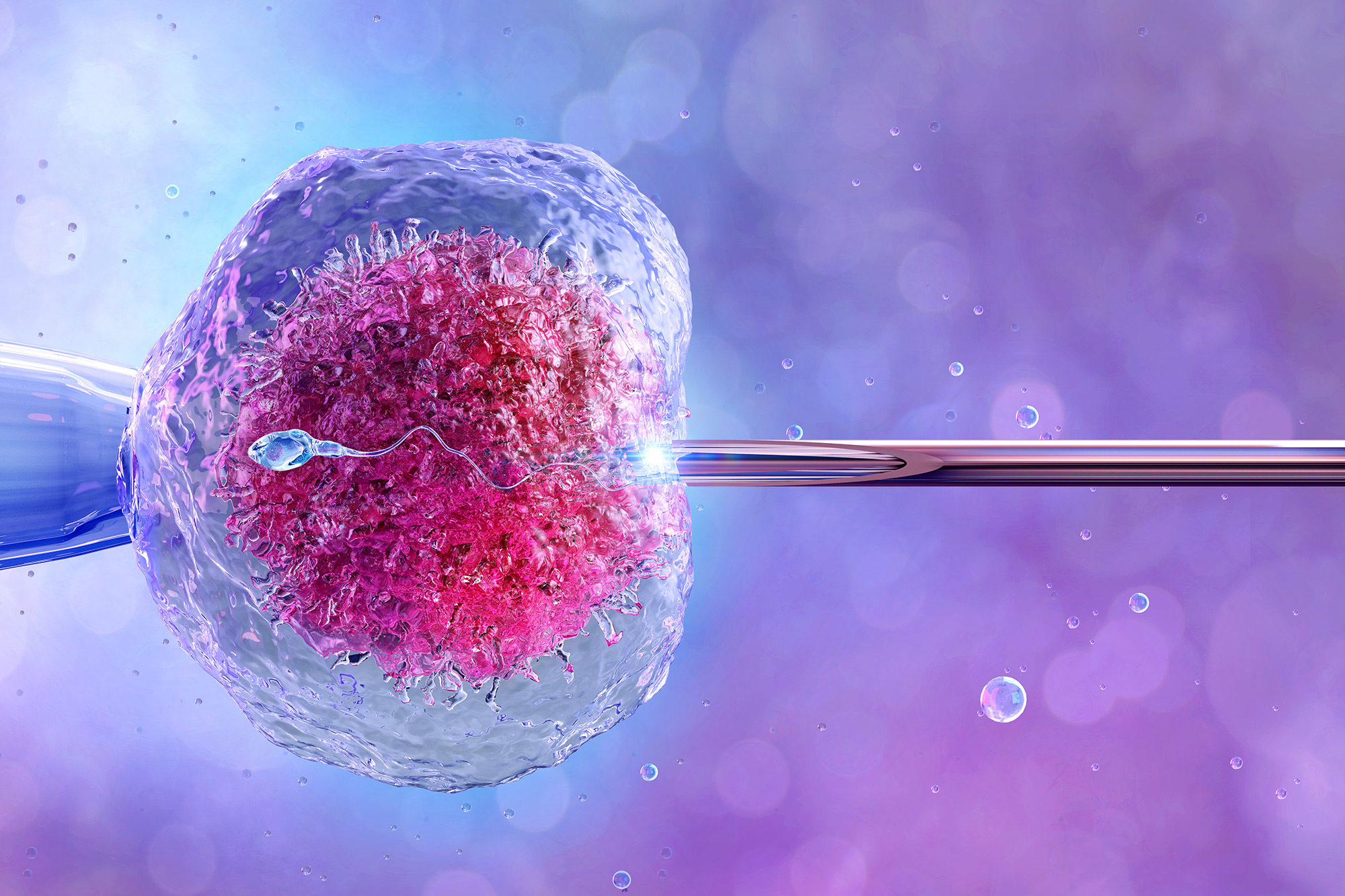Vasectomy Photoshoot: A Unique Perspective On Male Reproductive Health
Vasectomy photoshoot has become an intriguing topic in recent years, offering a creative lens into male reproductive health and societal perceptions of masculinity. The idea of documenting this personal procedure through photography has sparked curiosity and conversation worldwide. It challenges traditional norms and sheds light on a procedure that is often discussed in hushed tones.
Understanding vasectomy photoshoots involves exploring the intersection of art, health, and social awareness. This practice not only provides a visual narrative but also normalizes discussions around male contraception, encouraging more men to consider their reproductive choices openly. By merging health education with artistic expression, it opens doors to broader conversations about reproductive rights and responsibilities.
In this article, we delve into the significance of vasectomy photoshoots, their impact on public perception, and how they contribute to a more informed society. We will also explore various aspects related to vasectomy procedures, their benefits, and the importance of addressing reproductive health through innovative means. Join us as we uncover the stories behind these images and their role in reshaping modern perspectives on masculinity and health.
Read also:Vicky Lathum American Pie The Iconic Actress Behind The Blockbuster Franchise
What is a Vasectomy Photoshoot?
A vasectomy photoshoot refers to the documentation of the vasectomy procedure through photography. This unique approach captures the journey of individuals undergoing the surgery, from pre-operative preparations to the actual procedure and post-operative recovery. These photos aim to demystify the process, making it more accessible and understandable for others.
The concept challenges societal taboos surrounding male reproductive health by presenting it in a visually compelling manner. It encourages open dialogue about contraception and reproductive choices, emphasizing that vasectomy is a safe and effective method for permanent birth control.
Moreover, it serves as a powerful tool for education and advocacy, helping to dispel myths and misconceptions about the procedure. By showcasing real-life experiences, vasectomy photoshoots foster empathy and understanding among viewers, promoting a more inclusive conversation about reproductive health.
Why Are Vasectomy Photoshoots Important?
Vasectomy photoshoots play a crucial role in reshaping societal attitudes towards male reproductive health. They provide a platform for individuals to share their experiences, reducing stigma and encouraging others to explore their options. This form of visual storytelling highlights the importance of informed decision-making in reproductive health.
Additionally, these photoshoots address the psychological aspects of undergoing a vasectomy. They normalize the procedure, reassuring potential candidates that it is a routine and safe operation. By sharing personal stories and experiences, they create a supportive community for men considering vasectomy, empowering them to take control of their reproductive futures.
Furthermore, vasectomy photoshoots contribute to broader discussions about gender equality in reproductive responsibilities. They emphasize the need for shared accountability in family planning, promoting a balanced approach to contraception that involves both partners.
Read also:Heather Locklear And Richie Sambora The Untold Story Of Their Love Career And Legacy
Understanding the Vasectomy Procedure
What Happens During a Vasectomy?
A vasectomy is a surgical procedure that involves cutting and sealing the vas deferens, the tubes that carry sperm from the testicles. This effectively prevents sperm from being released during ejaculation, rendering the individual unable to father children. The procedure is minimally invasive, typically performed under local anesthesia, and takes about 15-30 minutes to complete.
- The patient is prepared and the area is numbed with anesthetic.
- A small incision or puncture is made in the scrotum to access the vas deferens.
- The tubes are cut, sealed, or tied to prevent sperm from entering the semen.
- The incision is closed with stitches, which usually dissolve on their own.
Post-procedure, patients are advised to rest and avoid strenuous activities for a few days. Follow-up tests are conducted to ensure the absence of sperm in the semen, confirming the effectiveness of the procedure.
Benefits of Vasectomy
Vasectomy offers several advantages, making it a popular choice for permanent contraception. One of the primary benefits is its high effectiveness rate, with less than 1% of procedures resulting in pregnancy. It is also a cost-effective option in the long term, with minimal maintenance required after the initial surgery.
Another significant advantage is the reduction in health risks associated with other forms of contraception. Unlike hormonal methods, vasectomy does not interfere with the body's natural processes, preserving overall health and well-being. Furthermore, it provides peace of mind for individuals and couples who have completed their families, eliminating the need for ongoing contraceptive measures.
Studies show that vasectomy is a safe and reliable procedure, with complications occurring in less than 1% of cases. This reinforces its position as a preferred method of permanent birth control for many men worldwide.
Common Misconceptions About Vasectomy
Despite its benefits, vasectomy is often surrounded by misconceptions that deter individuals from considering it as an option. One common myth is that the procedure affects sexual performance, leading to concerns about libido and erectile function. However, research indicates that vasectomy has no impact on these aspects, as it only interrupts the pathway of sperm without altering hormone levels or sexual function.
Another misconception is that vasectomy is irreversible. While it is intended as a permanent form of contraception, advances in surgical techniques have made vasectomy reversal possible in certain cases. However, it is important to approach the procedure with the understanding that it is designed for long-term effectiveness.
Additionally, there is a belief that vasectomy increases the risk of health issues such as prostate cancer or cardiovascular diseases. Extensive studies have debunked these claims, confirming that vasectomy does not pose significant health risks beyond the typical surgical complications.
The Role of Photography in Health Advocacy
Photography has long been a powerful medium for advocacy and education, capable of conveying complex messages through visual storytelling. In the context of vasectomy photoshoots, it serves as a tool to bridge the gap between personal experiences and public understanding. By capturing the journey of individuals undergoing the procedure, these images provide a tangible representation of the process, making it more relatable and approachable for others.
Photography also plays a crucial role in normalizing discussions around male reproductive health. It challenges societal norms and stereotypes, promoting a more inclusive and empathetic perspective on contraception. Through carefully curated visuals, vasectomy photoshoots highlight the importance of shared responsibility in family planning, encouraging both men and women to engage in open dialogues about reproductive choices.
Moreover, the use of photography in health advocacy extends beyond vasectomy, encompassing various aspects of wellness and prevention. It serves as a reminder of the power of visual narratives in shaping public perception and driving positive change in health-related behaviors.
Impact on Public Perception
Changing Societal Norms
Vasectomy photoshoots have a profound impact on public perception, challenging traditional notions of masculinity and reproductive responsibility. By presenting the procedure in a positive light, they encourage men to view vasectomy as a proactive and responsible choice in family planning. This shift in perspective fosters a more balanced approach to contraception, promoting shared accountability between partners.
The visual documentation of vasectomies also addresses the stigma associated with male reproductive health, encouraging open discussions about contraception and reproductive choices. It empowers individuals to make informed decisions based on accurate information, rather than outdated stereotypes or misconceptions.
Furthermore, vasectomy photoshoots contribute to a broader cultural shift towards gender equality in reproductive responsibilities. By highlighting the importance of shared accountability, they pave the way for a more inclusive and equitable society where both men and women take an active role in family planning.
Case Studies: Real Stories Behind the Lens
Several individuals have shared their experiences through vasectomy photoshoots, offering valuable insights into the procedure and its impact on their lives. These case studies provide a glimpse into the personal journeys of men who have chosen vasectomy as a form of contraception, highlighting the diverse reasons behind their decisions.
- John, a father of three, underwent a vasectomy to ensure financial stability for his family without the worry of unexpected pregnancies.
- Mark, a young professional, opted for the procedure after careful consideration of his life goals and reproductive plans.
- Sarah, who accompanied her partner to the procedure, expressed gratitude for his willingness to take responsibility for their family planning.
These stories underscore the importance of personalized approaches to reproductive health, emphasizing that vasectomy is a viable option for individuals from all walks of life.
Addressing Concerns and FAQs
Many individuals have questions and concerns about vasectomy, ranging from the procedure itself to its long-term effects. Addressing these queries is essential in promoting understanding and encouraging informed decision-making. Below are some frequently asked questions and their answers:
- Is vasectomy painful? The procedure is typically performed under local anesthesia, minimizing discomfort during the operation. Post-operative pain is generally mild and manageable with over-the-counter pain relievers.
- Can vasectomy be reversed? While vasectomy is intended as a permanent form of contraception, reversal is possible in certain cases. However, success rates vary depending on the time elapsed since the procedure.
- Does vasectomy affect sexual performance? No, vasectomy does not impact sexual function, libido, or erectile health. It only interrupts the pathway of sperm, leaving other aspects of male physiology unaffected.
These answers aim to dispel common myths and provide clarity on the procedure, empowering individuals to make informed choices about their reproductive health.
Expert Insights and Recommendations
Healthcare professionals and experts in reproductive health emphasize the importance of vasectomy as a reliable method of contraception. They stress the need for comprehensive education and counseling to ensure individuals fully understand the procedure and its implications.
Dr. Emily Carter, a leading urologist, notes, "Vasectomy is a safe and effective option for men seeking permanent contraception. It is crucial that patients receive accurate information and support throughout the decision-making process to ensure they make the best choice for their circumstances."
Furthermore, experts recommend that individuals considering vasectomy consult with healthcare providers to discuss their options, address concerns, and gain a thorough understanding of the procedure. This ensures that they are well-informed and prepared for the journey ahead.
Conclusion
Vasectomy photoshoots represent a groundbreaking approach to addressing male reproductive health, combining art and advocacy to promote understanding and awareness. By documenting the vasectomy journey through photography, these images challenge societal norms and encourage open discussions about contraception and reproductive choices.
The benefits of vasectomy extend beyond its effectiveness as a form of contraception, fostering a more inclusive and balanced approach to family planning. Through education, advocacy, and visual storytelling, vasectomy photoshoots play a vital role in reshaping perceptions and driving positive change in reproductive health.
We invite you to join the conversation by sharing your thoughts and experiences in the comments below. Feel free to explore other articles on our site for more insights into health and wellness topics. Together, let's continue to promote informed decision-making and empower individuals to take control of their reproductive futures.
Table of Contents
- What is a Vasectomy Photoshoot?
- Why Are Vasectomy Photoshoots Important?
- Understanding the Vasectomy Procedure
- Benefits of Vasectomy
- Common Misconceptions About Vasectomy
- The Role of Photography in Health Advocacy
- Impact on Public Perception
- Case Studies: Real Stories Behind the Lens
- Addressing Concerns and FAQs
- Expert Insights and Recommendations


